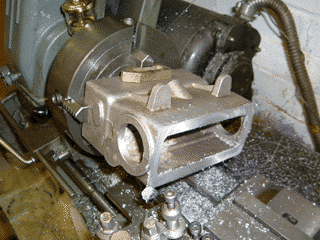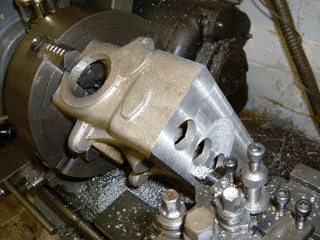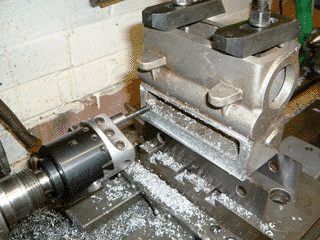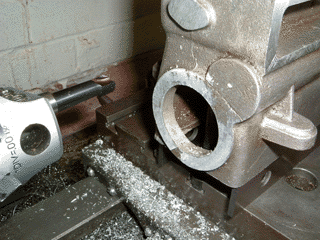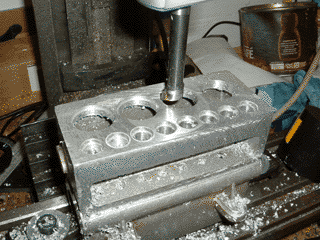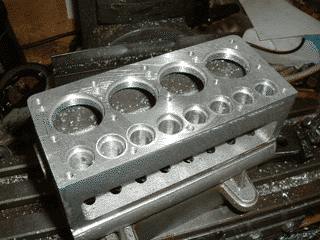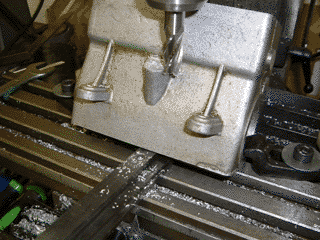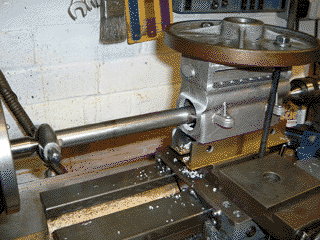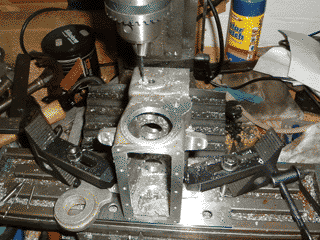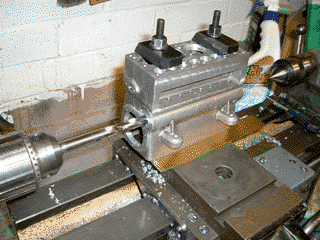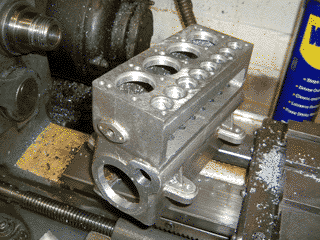|
|
Seal Major - cylinder block Last updated: 25 Sep 2017 |
The block casting is made from light aluminium alloy and cored to produce the water jacket. Cylinder liners are a light press fit into the casting as are the cast iron valve seats/ports. The key thing in this section is to get the reference surfaces correct, and ensure all other machining is carried out accurately from these references.
Next section: Liners and ports
These pages are maintained by Duncan
Munro. All content on this site is Copyright ©2002-2026 Duncan
Amplification.
Warning: These pages consist of images and descriptions of equipment
which can reach high temperatures creating hazardous and potentially dangerous
situations. These pages should not be taken as a step by step guide on how
to construct any items or carry out any particular procedure, nor should any
references to safety contained herein be taken to guarantee safety in all
situations.
